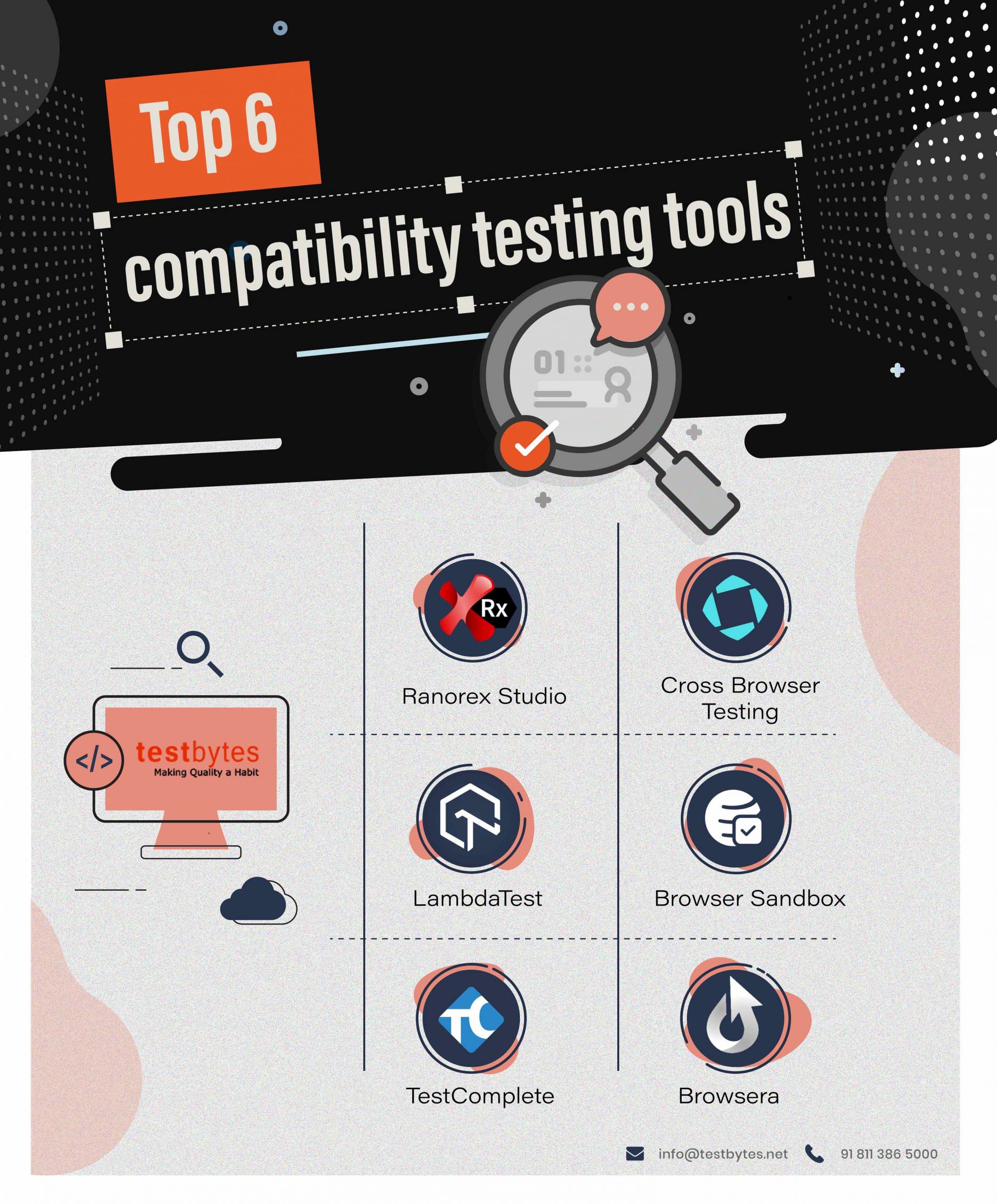

Tuesday October 17, 2017

Compatibility testing is essential in the present market owing to the diversity in platforms and hardware’s in existence. As an entrepreneur, you must know about this diversity and must ensure that your app/software is working seamlessly across OSs and devices.
By performing compatibility testing you can gain that competitive advantage for your product which your competitor lack.
Read this blog to know about this wonderful process in software testing.
What is Compatibility testing?
Compatibility testing is a non-functional testing method primarily done to ensure customer satisfaction. This testing process will ensure that the software is compatible across operating systems, hardware platforms, web browsers, etc. The testing also works as validation for compatibility requirements that have been set at the planning stage of the software. The process helps in developing software that has the ability to work seamlessly across platforms and hardware without any trouble
Compatibility testing is conducted in mobile applications for the following reasons:-
Types of Compatibility Testing

#1) Forward testing makes sure that the application is compatible with updates or newer mobile operating system versions.
#2) Backward testing checks whether the mobile app has been developed for the latest versions of an environment also work perfectly with the older version. The behavior of the new hardware/software has been matched against the behavior of the old hardware/software.
Read Also: 6 Types Of Software Testing Models
Compatibility type of testing can be performed on operating systems, databases, systems software, browsers, and mobile applications. The mobile app testing is performed across various platforms, devices, and networks.
Process of Compatibility Testing
The compatibility test is conducted under different hardware and software application conditions, where the computing environment is important, as the software product created must work in a real-time environment without any errors or bugs.
Some of the main computing environments are the operating systems, hardware peripherals, browsers, database content, computing capacity, and other related system software if any.
The Initial Phases of Conducting Compatibility Testing are as follows:

Categories of Compatibility Testing
Advantages of Compatibility Testing
How to do Compatibility Testing
Have a clear idea about the platform the app will be working on
The person and team involved in the process must have good platform knowledge
Set up the environment and before the actual test do a trial run.
Report the issues properly and make sure that it has been rectified. If you are finding new bugs make sure that after the rectification old fix is working fine.
Tools For Compatibility Testing

Tools make the process much easier. Major tools used in the industry include,
Conclusion
The main intention behind performing testing is to make sure that the software is working fine in any kind of platform/software/configuration/browsers/hardware etc.
Performing testing compatibility will reduce the gross error of the software. Thus this comparatively inexpensive process is a boon to ensure that your product is a success.

There are some most common defects which can be found in the mobile application by the compatibility tester; Differences in the UI with respect to appearance and feel, issues with font size and alignment, concern with respect to Scroll Bar and marked changes in CSS style and color, issues like broken tables or frames, etc.
Testbytes overcome challenges associated with this testing like system integration, app distribution management, performance and security, platform, OS, and device integration, and physical characteristics of mobile devices, etc. and offers comprehensive mobile app testing services.

Compatibility testing is a kind of software testing used as a validation process to ensure that the intended software is working fine across platforms as per the requirement document.
It's kind of compatibility testing that will ensure that the developed software has the ability to work well with the future versions of platforms it's been deployed on.
Backward compatibility testing is used to make sure that a developed software can perform well in the backward version of the OS it's deployed on.
Have a clear idea about the platform the app will be working on the person and team involved in the process must have good platform knowledge
Set up the environment and before the actual test do a trial run.
Report the issues properly and make sure that it has been rectified. If you are finding new bugs make sure that after the rectification old fix is working fine.
Tools make the process much easier. Major tools used in the industry include, CrossBrowserTesting.com, LambdaTest, Ranorex Studio, Browsershots, TestComplete, Turbo Browser Sandbox, Browsera etc.